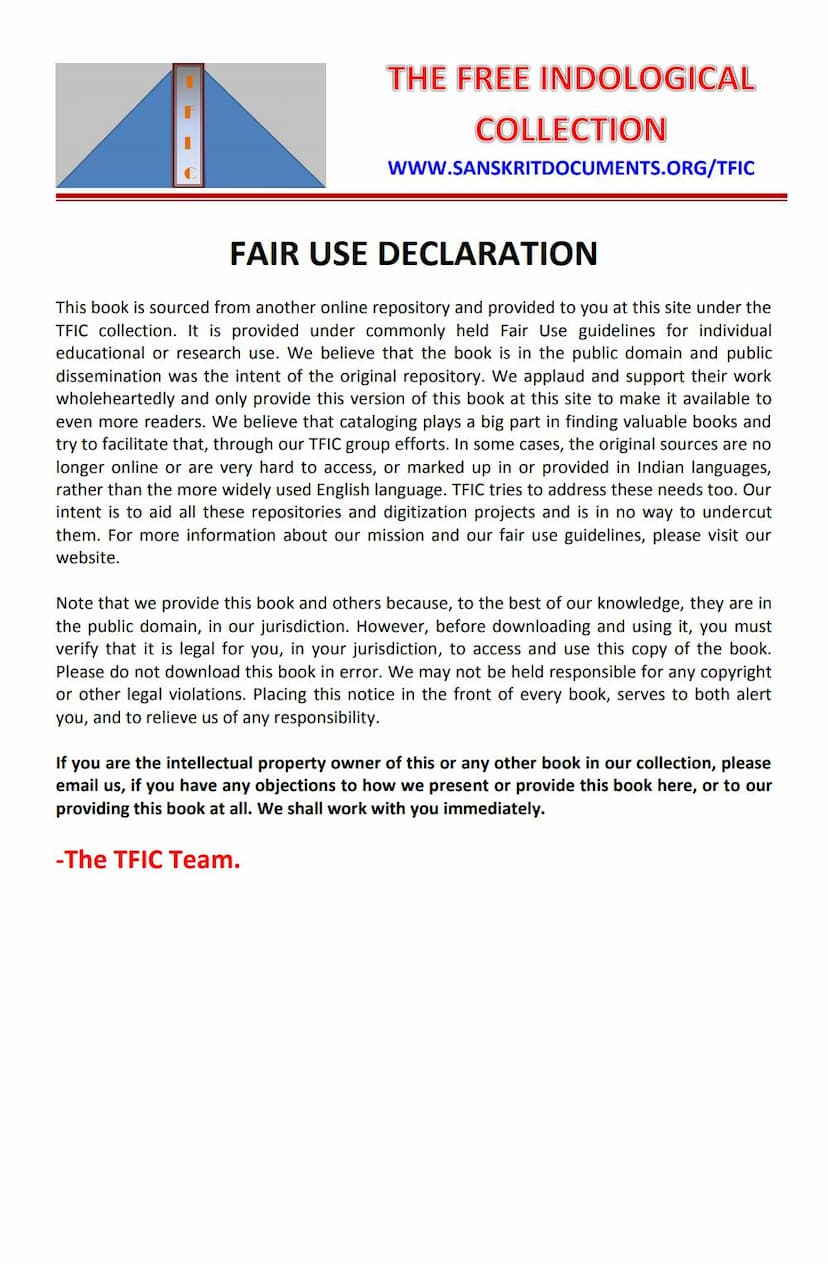Jain Mangal Gayan Sangraha Part 01
Added to library: September 2, 2025

Summary
Here is a comprehensive summary of the Jain text "Jain Mangal Gayan Sangraha Part 01":
Book Title: Jain Mangal Gayan Sangraha Part 01 (Collection of Auspicious Jain Chants) Author(s): Jain Mangal Gyan Mandali Mumbai Publisher: Jain Mangal Gyan Mandali Mumbai Catalog Link: https://jainqq.org/explore/011528/1
Overall Purpose:
This book is a collection of devotional songs and verses (stanzas) composed in various traditional Indian musical meters and tunes. Its primary purpose is to provide Jain followers with a repertoire of auspicious and spiritually uplifting material for singing and remembrance of the Tirthankaras (Jain spiritual conquerors), particularly the first Tirthankara, Lord Rishabhanatha (also known as Adinatha or Vrishabhanatha), and Lord Anantnath. The collection aims to foster devotion, offer spiritual guidance, and promote the chanting of auspicious names and qualities of the Jinas.
Key Themes and Content:
The "Jain Mangal Gayan Sangraha Part 01" is characterized by the following themes and content:
- Devotion to Tirthankaras: The central focus is on expressing deep devotion and reverence for the Tirthankaras. Lord Anantnath is frequently mentioned, along with Lord Adinatha and other Tirthankaras like Lord Ajitnath and Lord Neminath.
- Praise of Jain Virtues: The verses highlight essential Jain virtues such as:
- Ahimsa (Non-violence): Implied throughout the text as a foundational principle.
- Right Faith, Right Knowledge, Right Conduct (Ratnatrayi): Referred to as the path to liberation.
- Self-control (Samyama): Emphasized as a means to overcome passions.
- Detachment: The importance of renouncing worldly attachments and desires is a recurring theme.
- Auspiciousness (Mangal): The title itself signifies the auspicious nature of these chants, intended to bring blessings and well-being.
- Spiritual Guidance and Teachings: The collection serves as a guide for spiritual practice, offering insights into:
- The Nature of the Soul: Discussing the soul's true nature, its potential for liberation, and the obstacles to its realization.
- Overcoming Karma: The verses often touch upon the concept of karma and the ways to purify oneself from its bondage through devotion and right actions.
- The Illusory Nature of the World: The transient nature of worldly possessions, relationships, and pleasures is highlighted to encourage detachment.
- The Role of Gurus: The importance of true gurus (Samyak Darshan) for spiritual guidance is acknowledged.
- Musical and Poetic Forms: The book utilizes various traditional Indian poetic forms and musical styles, including:
- Dohra: A simple couplet form.
- Thumri: A lyrical and emotive song form.
- Ghazal: A poetic form often associated with themes of love and devotion.
- Savaiya: A meter common in devotional poetry.
- Raga-based Compositions: The songs are set to specific Ragas (melodic frameworks), indicated at the beginning of many sections (e.g., Raga Kalyan, Raga Saath Paani, Raga Vasant). This suggests the intended mode of recitation or singing.
- Specific Narratives and Characters:
- Rajul and Neminath: Several verses recount the story of Rajul, the princess who was to marry Lord Neminath, and her subsequent devotion and renunciation.
- Kashyap Kumal: Mentioned in a context of overcoming attachment.
- Amrit Kumal: Another figure whose story might be alluded to.
- Invocation and Benediction: Many sections begin with invocations to the Tirthankaras and end with prayers for auspiciousness and spiritual well-being.
Structure and Presentation:
- The book is organized into various stanzas, each often associated with a particular Raga or poetic form.
- The language is primarily Gujarati, with some use of vernacular Hindi and Sanskrit terms common in Jain devotional literature.
- The "Jain Mangal Gyan Mandali" is credited as the publisher and compiler, with specific individuals like "Keshav Lal" and "Govind Das" mentioned as contributors or singers.
- The book includes a "Fair Use Declaration" from "The Free Indological Collection WWW.SANSKRITDOCUMENTS.ORG/TFIC," indicating its availability for educational and research purposes.
Significance:
"Jain Mangal Gayan Sangraha Part 01" is a valuable resource for Jain scholars, devotees, and anyone interested in Jain devotional music and literature. It preserves and disseminates traditional Jain hymns and teachings, offering a melodic and lyrical path to spiritual understanding and connection with the Jinas. The collection serves as a testament to the rich devotional heritage within Jainism.